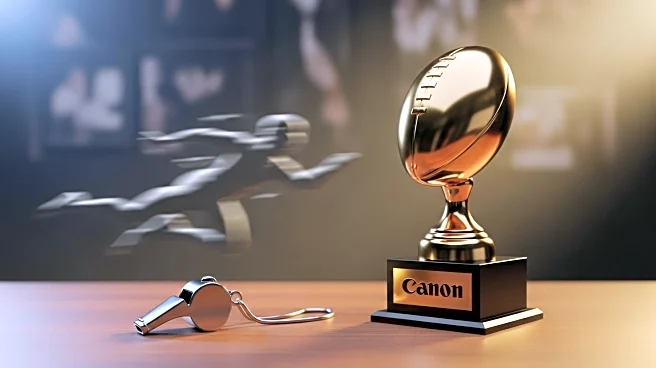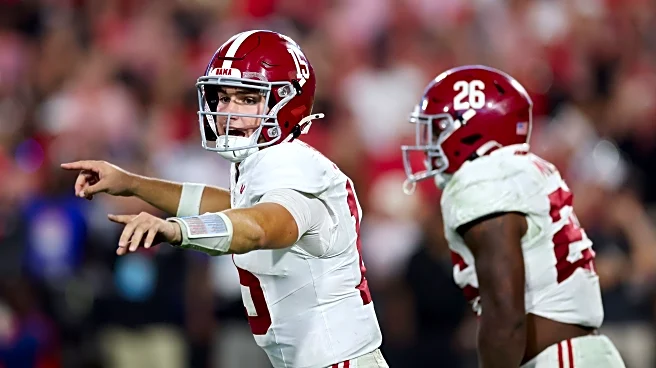What's Happening?
The phenomenon of dating individuals who resemble one's ex-partners, known as 'doppelgänger dating,' is explored through the lens of evolutionary psychology. This trend is observed among celebrities, such as Kanye West, who has dated women resembling his ex-wife Kim Kardashian, and Senator Cory Booker, whose fiancée bears a resemblance to his former partner Rosario Dawson. The article highlights personal anecdotes from individuals who have experienced similar situations, noting that physical resemblance can create a sense of familiarity and safety. Evolutionary psychologists suggest that people often choose partners who are similar to themselves, influenced by demographic factors and proximity.
Why It's Important?
Understanding the reasons behind doppelgänger dating can provide insights into human relationship dynamics and preferences. This trend reflects broader societal patterns where individuals are drawn to familiarity and similarity, which can impact social interactions and relationship choices. The concept of assortative mating, where people are attracted to those who look like themselves, suggests that physical appearance plays a significant role in partner selection. This understanding can influence matchmaking strategies and dating services, as recognizing these patterns can help tailor approaches to meet client preferences.
What's Next?
As the understanding of doppelgänger dating evolves, it may influence how dating services and matchmakers approach client preferences. Matchmakers might increasingly consider physical resemblance to past partners when suggesting potential matches. Additionally, this trend could lead to further research into the psychological and social factors that drive partner selection, potentially impacting relationship counseling and therapy practices.
Beyond the Headlines
The implications of doppelgänger dating extend to cultural and psychological dimensions, where the preference for familiar traits may reflect deeper evolutionary instincts. This trend raises questions about the balance between physical attraction and emotional connection in relationships, and how societal norms and media representations influence personal preferences. It also highlights the role of subconscious biases in shaping relationship choices, which could have long-term effects on social dynamics and personal identity.











